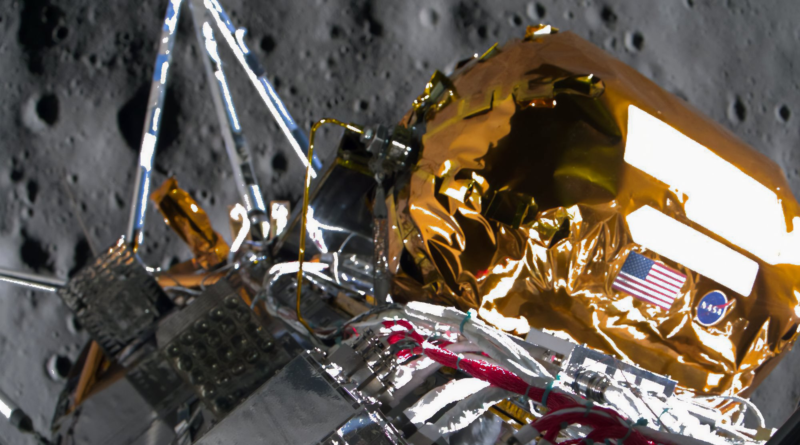TechCrunch Space: Good night, Odysseus
Hello and welcome back to TechCrunch Space. SpaceX is launching its Transporter-10 rideshare mission today. These are always really fun to track because they carry dozens of payloads, including from many startups. This mission will include satellites from Apex Space, Unseen Labs, Care Weather, True Anomaly and others. God speed!
Want to reach out with a tip? Email Aria at aria.techcrunch@gmail.com or send me a message on Signal at 512-937-3988. You also can send a note to the whole TechCrunch crew at tips@techcrunch.com. For more secure communications, click here to contact us, which includes SecureDrop (instructions here) and links to encrypted messaging apps.
Once again this week, we’re highlighting Intuitive Machines’ first lunar lander mission. This mission will be remembered for many reasons, but in my story this week I highlighted a somewhat overlooked aspect of Odysseus’ architecture that deserves major kudos: its propulsion system.
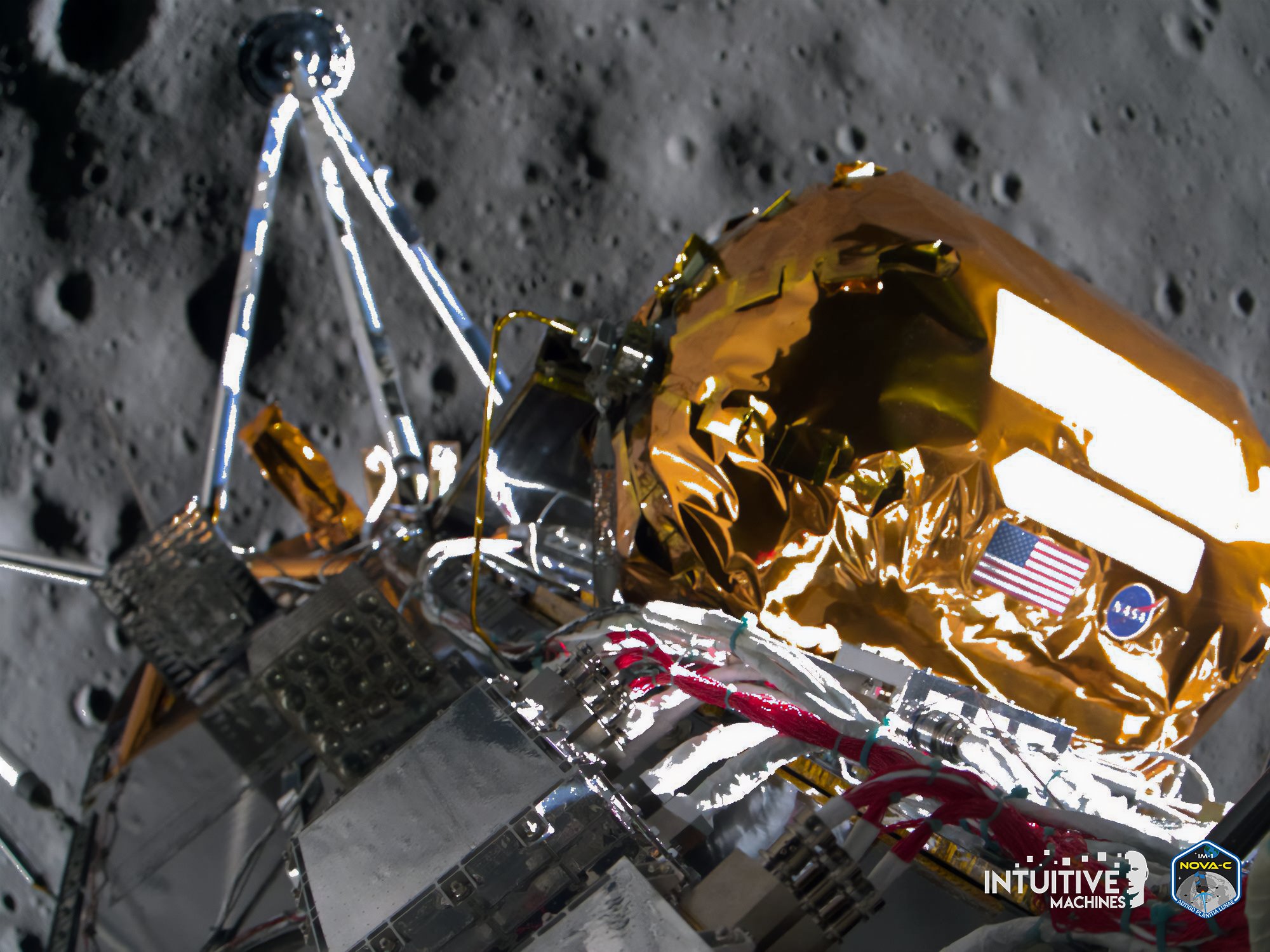
Intuitive Machines’ Odysseus descending. Image Credits: Intuitive Machines
An internal congressional memo viewed by TechCrunch casts strong doubt on Rocket Lab’s claim that its Neutron rocket will be ready for launch in time to meet a crucial contract deadline from the Space Force.
“In light of public reporting and media pressure, Rocket Lab has escalated their campaign to misrepresent their launch readiness in an effort to gain competitive advantage over incumbents and other new entrants by on-boarding into NSSL Phase 3 Lane 1 at the first opportunity in 2024,” the memo, viewed by TechCrunch, says. “Public records and information available to staff confirm that Neutron has no credible path to launch by 12/15/2024.”
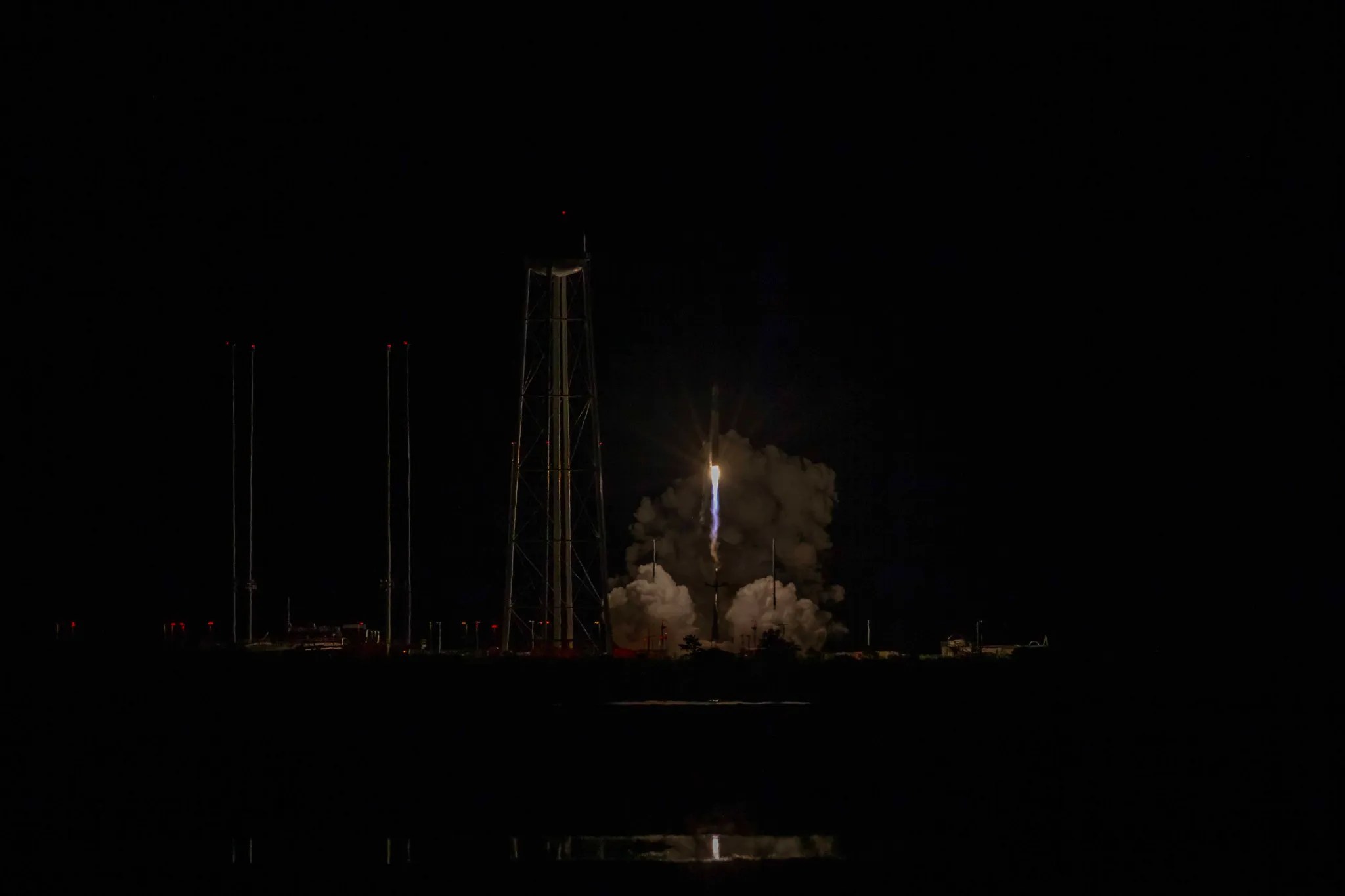
Image Credits: NASA (opens in a new window)
This week, SpaceDotBiz’s Ian Vorbach sat down for a long and candid interview with Payam Banazadeh, an aerospace engineer who founded Capella Space in 2016 and led the company as CEO until last October. The two have a fantastic conversation about entrepreneurship, growing a venture-backed startup and the remote sensing industry.
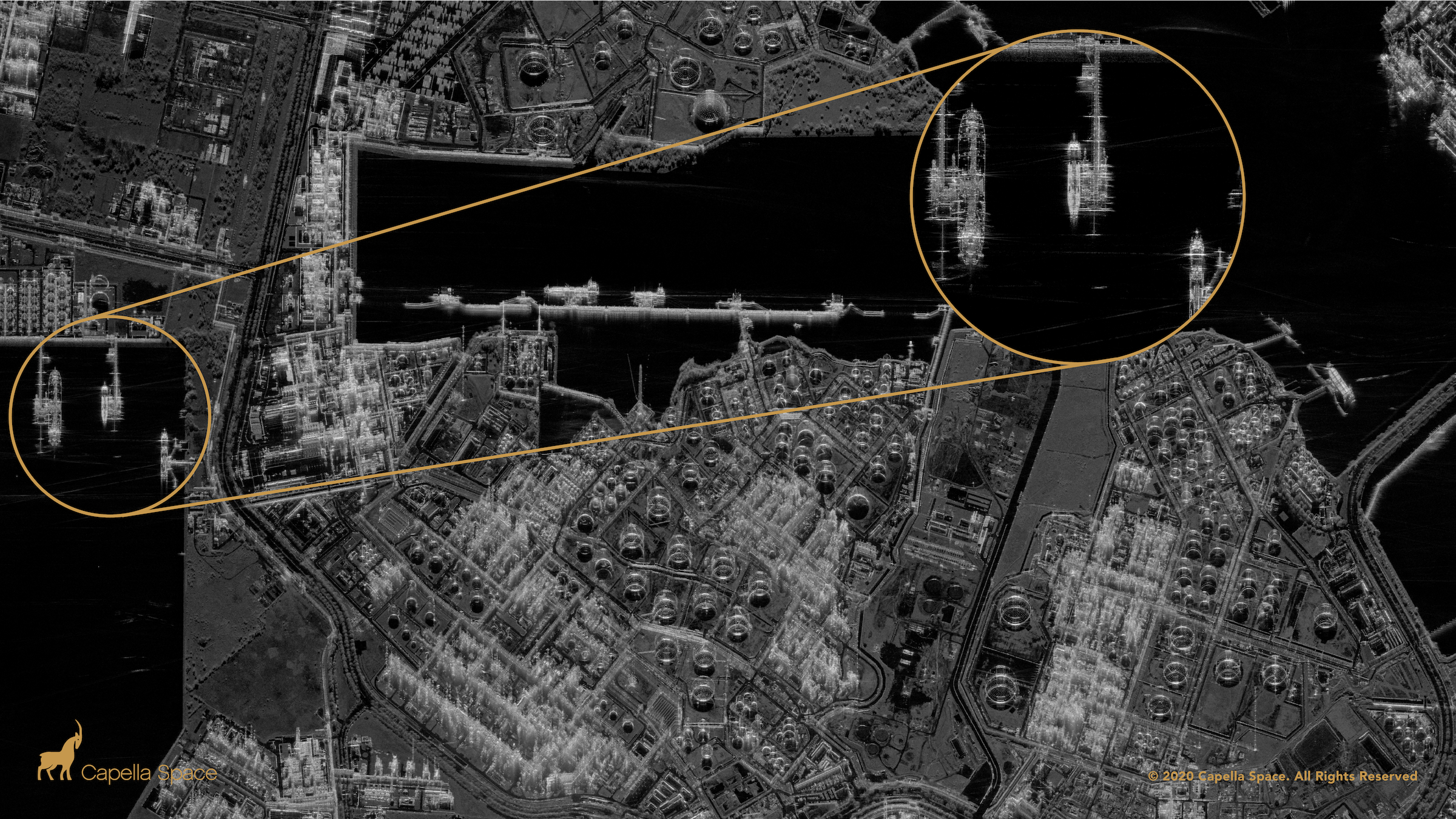
An example of Capella’s high-res “Spot” imagery, capturing an ExxonMobil refinery facility in Singapore. Image Credits: Capella Space
This week in space history
On March 6, 2009, the Kepler space telescope lifted off from NASA’s Kennedy Space Center. The “planet-hunting” telescope was launched to search for Earth-sized planets orbiting stars much like our sun. It succeeded in this mission, revealing that the universe is filled with exoplanets.
“When we started conceiving this mission 35 years ago, we didn’t know of a single planet outside our solar system,” William Borucki, the Kepler mission’s founding principal investigator, said. “Now that we know planets are everywhere, Kepler has set us on a new course that’s full of promise for future generations to explore our galaxy.”
While Kepler discovered more than one thousand planets, only a dozen are less than twice the size of Earth and reside in the “habitable zone” of their star. The diagram below from NASA shows those planets, with Earth as a comparison, though they have been enlarged by 25 times compared to the stars.
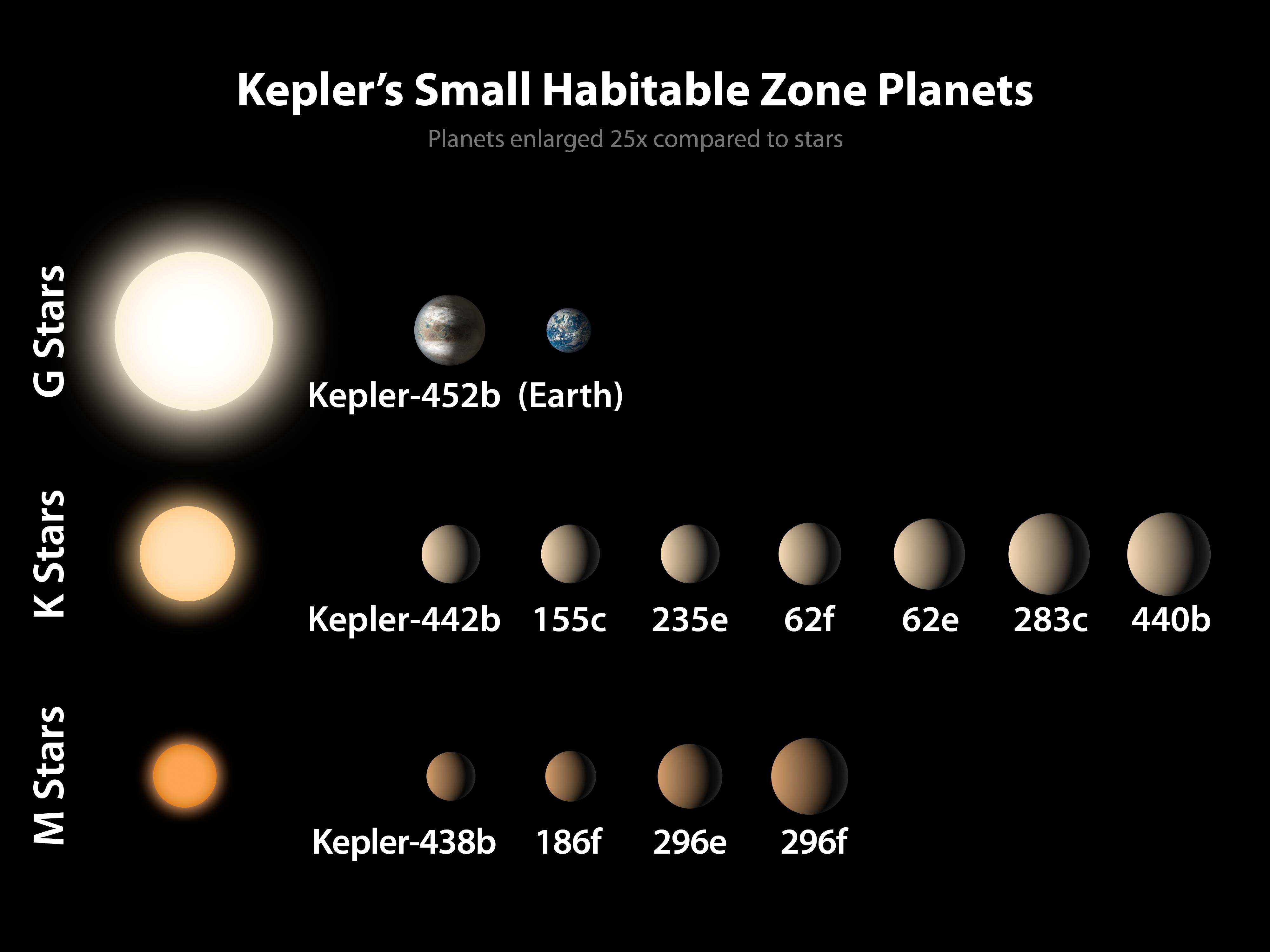
Image Credits: NASA/Ames/JPL

